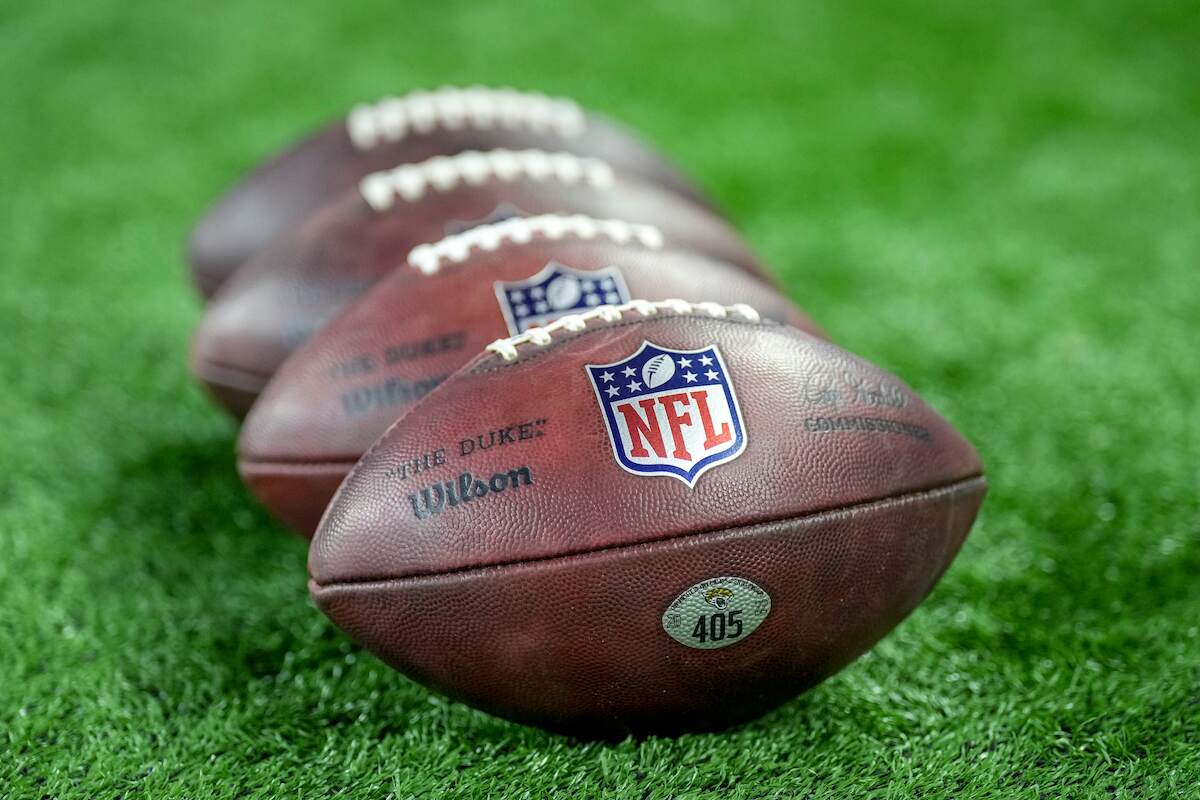NFL
Every NFL Football Contains a Computer Chip; Here’s How They Work and What the Chips Track

The NFL is somewhat lacking when it comes to integrating modern technology into gameplay. But the league has continued to make strides toward innovation over the last decade.
One way the NFL has embraced technology is by microchipping every football in the league. Here’s a look at how the chips work and what they are used to track.
A look into the NFL’s football tracking chips
Compared to other major league sports, the NFL can feel like it’s in the stone age in comparison. Take tennis, for example. An optical system called Hawk-Eye Live was used at the U.S. Open and Australian Open in place of human line judges.

According to Huddle Up, this system relies on 12 cameras to track the tennis ball throughout the match. In comparison, the NFL is still using the “chain gang” to measure first downs with physical chains. Relying on officials to determine where the football touched down and measuring out the spot with physical chains isn’t as reliable as modern technology allows.
While the NFL may seem stuck in the stone age with the “chain gang,” the league has embraced technology by incorporating computer tracking chips into the equation. In 2015, the league began a relationship with Zebra Technologies. The company provided the NFL with RFID (radio-frequency identification) tags placed in shoulder pads to track player movements.
After initial success with the RFID tags, the league started experimenting with implanting tracking chips within the footballs. Since the 2017-18 season, every game ball in the preseason, regular, and postseason has been implanted with a tracking chip.
So, how much do these chips weigh, and do they affect the player’s ability to handle the ball? Well, each chip weighs only 3.3 grams and is about the size of a single nickel. So it would be silly for anyone to blame poor ball-handling skills on the tracking chips.
The chips aren’t really noticeable either, given that they are inserted between the inner air bladder and the outer leather shell of the football. According to The Athletic, Zebra Technologies provides the NFL with around 20,000 chips each season. Grab the salsa because that’s a lot of chips!
How do tracking chips affect NFL games?
While RFID chips have been around the league since 2015, many fans are still unaware they are used. In January 2023, Ravens quarterback Tyler Huntley was 0.6 yards short of the goal line when he fumbled the football.
How did officials tell that Huntley was just shy of the end zone? RFID tracking chips, of course. The announcement that the football itself made the call on the play left many fans speechless. Others took to Twitter to discuss the chip technology.
Even Pat McAfee, who played for the Indianapolis Colts as a punter for eight seasons between 2009-16, had no idea that tracking chips were being used in NFL footballs. After the announcement was made on the Huntley play, McAfee tweeted to his 2.8 million followers, writing, “A chip in the football? Very interesting.”
Technology will heavily impact the NFL in the years to come
While NFL footballs’ RFID tracking chips add more accuracy to the game, these chips leave much to be desired. For example, every chipped football is accurate within six inches of the actual spot and guarantees accuracy within 10 inches. This might sound pretty good, but this margin of error prevents these chips from being used to spot first downs or touchdowns. Of course, this is why the league still uses the archaic “chain gangs” to mark first downs.
It’s obvious that RFID tracking chips still need further development to entirely change the level of technology used in NFL games. However, technology is likely to advance in upcoming seasons, not only in RFID chips but in other areas of the game too. The NFL may even have to take cues from the football league newcomer, the United States Football League (USFL), when it comes to integrating new technology into the game.
According to The New York Times, the USFL implemented Bolt6 technology during its inaugural season in 2022. This technology utilized eight optical cameras to spot the ball’s placement on the field. The Bolt6 technology is quite similar to the Hawk-Eye Live technology utilized in professional tennis matches.
The NFL could definitely stand to implement modern technology like Bolt6 into league games to provide increased accuracy to first-down calls. It will certainly be interesting to see how modern technology continues to influence the NFL and other professional leagues in the years to come.











